Curaçao, island in the Southern Caribbean Sea, together with sister islands Aruba and Bonaire. Following a referendum, and as a result of constitutional change, Curaçao became a constituent country within the Kingdom of the Netherlands on October 10, 2010. Consequently, Curaçao now controls and manages its own internal affairs as an autonomous country with special areas being managed by the Kingdom, such as extradition, defense and foreign relations. Curaçao is the largest of the six islands in the Caribbean that together constitute the Caribbean part of the Kingdom of the Netherlands.
The island is situated in the Southern Caribbean Sea, about 70 km (44 miles) off the coast of Venezuela, with neighboring islands Aruba and Bonaire. The island’s total area is 444 square km (171 square miles). It is generally flat with a small hilly area in the western part.
Curaçao is characterized by warm tropical temperatures with the highest temperatures occurring in September. The skies are mostly clear to partly clouded and little rainfall makes for a relatively dry climate. While September through November are known for their increased rainfall, the island falls just outside of the hurricane belt and thereby avoids the regions heavier storms.
The average temperature in Curaçao is 28 degrees C (76F) and fluctuations during winter and summer rarely deviate more than a few degrees from the mean. Moreover, the island benefits from the Trade Winds which bring cooling during the day and warming during the night which allow for a pleasant constant climate throughout the day.
The multi-cultural composition of the island’s population is further manifested in the use of language. There are three official languages in Curaçao: Papiamentu, a local language that is a mix of Portuguese, Dutch, Spanish and English; Dutch; and English. Spanish is also widely spoken on the island. Because of the large number of immigrants in Curaçao, different population segments also speak Portuguese, French and German, among others.
Curaçao here we come!
We checked out of Aruba and we left the island around 16.00. Sailing through the night to arrive early morning in Curaçao. We had an easy passage but never so humid as this night. Everything was damp when we arrived. The distance is .. NM and it took as .. hours. Not a pleasant route. Right into the wind and we had to motor a lot. Once in Curaçao the rocky shoreline can be tricky with strong trade winds and the entrance of the Spanish Water is difficult to spot with breakers everywhere. The narrow opening has no markers, there is a sandbank on one side and rocks on the other. Definitely not to be attempted at night! As we arrived early in the morning we had good sight to enter the lagoon of the Spanish water.
Spanish Waters
A large irregularly shaped lagoon about 6NM southeast of Willemstad on Curacao’s southern coast. The well-protected bay has been active with mariners since early in its history, excavations show the Arawak people, the first inhabitants of Curacao settled at the mouth of the bay. Later the bay was of strategic importance to Spanish and Dutch conquerors and you can still visit Fort Beekenburg at the head of Caracas Baai. Surrounding the bay are many homes and resorts and the bay itself is often busy with windsurfers, dinghy sailors and kayakers. Visiting boats are required to anchor only in the designated anchorages. The only exception is during storm warnings when boats are given permission to move anywhere in the sheltered bay. We were lucky not to take any Covid tests at the time we arrived.
As a child we both lived on the island of Curaçao. The Spanish was a place where we used to go to in the weekends. AT that time there were no cruising in the bay and we could sail our sunfish anywhere. Nowadays you have to crisscross through all the boats anchored in the bay. The water looks very dark but that is because of the plants growing there. The water is very clean though. But I did not swim even 1 time ….
Once we were anchored we first rented a car. (Tip: call Ricardo Vos car rental. They will deliver the car to the dinghy dock! www.rentalcars-curacao.com) We find the island quite big and you really need a car to sightsee the island. There is public transport, leaving not to far from the dinghy dock though.
The dinghy dock is right at Mermaid Boat Trips. This dinghy dock is free to use and has 24hr security …. but to be honest the guards are not attentive …. so be sure that the dinghy is locked! Garbage can be disposed on the left side near the dinghy dock.
First we went to customs which is on the Punda side of Willemstad. Right in the middle of the town. Alas, office closed with lots of fences around so we had no idea where to go now. No info where the office was now to be found ….
So we went to the immigration office. Immigration is on the Otrabanda side of Willemstad. Quite complicated to find …. also due to Covid restrictions and the quay being closed. But we managed to get there … formalities done very quick and by then we knew where the customs office moved to. Fixed that as well and we were free to go!
Next was provisioning. We went to Centrum supermarket in Mahaai. Boy o boy what a pleasure. Just use Google for the directions. (https://centrumsupermarket.com/pages/our-stores) Everything you need and especially the meat is excellent! But fruits, vegetables, breads, cheeses are sooo good too!
Dinnertime!
We went out for dinner a few times and we can recommend to you:
Boca19. Restaurant next to Santa Barbara beach. An enchanting ambiance set between a historical lagoon and a stunning landscape. Good food, the best sunsets and great wines.
BijBlauw. A restaurant in the charming Pietermaai district. Here we sat at the Chefs Table. where we had delicious food, relaxing atmosphere and next to the sea. Need I say more?
De Gouverneur. Restaurant Gouverneur de Rouville, or simply “De Gouverneur’ is situated in Otrobanda, Willemstad, with a magnificent view over the Handelskade>
Of course there are many many many more restaurants in Curaçao. All tastes are available in all budgets. Just ask google and you will find a restaurant of your choice!
Beaches
The island is home to many beaches. Via this link you can search for the beach which is closest to the area where you are staying. BUT via this link you can see all the beaches through a YT film! Enjoy whichever beach you go!
Visit a landhuis or a Plantation Estate
An important characteristic of a plantation Estate is that the house belonged to a plantation. As a result, it had one or more magasinas. But the manors were also characterized as houses on the countryside. A traditional Plantation Estate was often situated on a hill. It had an impressive entrance, a terrace and a striking and distinct facade made it complete. The number of excisting Plantation Estates on Curaçao is 162. Of these, 88 are still fully extant and 21 are ruins. The rest have disappeared over the years.
There is something which I find remarkable and never knew before. The Estates are (or were) spread over the island, usually on higher places, favorably on the wind, visible from afar. In many cases, the owners of the Estate could see one or more other Estates from their own location. In this way people could warn each other in good time, for example in the event of danger or in times of riot. This was done, among other things, by lighting a burning torch in an eye in the facade of the Estate. But because of the high location of the Estate, the plantation owner could also oversee his own land. A Plantation Estate was always built in such a way that the trade wind could blow through the house and thus provide cooling. The term Plantation Estate dates back to the early 20th century. Before that, the main building of a plantation was referred to as “the house”, “the enclosure” or “the plantation house”. Also, a mansion is the main house of what was once a “garden”. A (pleasure) garden was a country house, weekend home or second home, where some agriculture or livestock was also practiced. Usually as a courtesy or economic side effect.We visited the manor of Chobolobo. Here the famous Blue Curaçao liquor is being produced as well! It really is worth while visiting some of these historic manors!
Other things to do
There are so many things to do and visit. A few examples:
Go look for the streetart in Scharloo.
Explore the Pietermaai district.
See the Pigs at Playa Porto Marie.
Swim with Turtles at Playa Piskado.
Hike the Christoffel National Park.
Blowholes at the Shete Boka National Park.
Visit Santa Martha View Point.
Explore the Hato Caves.


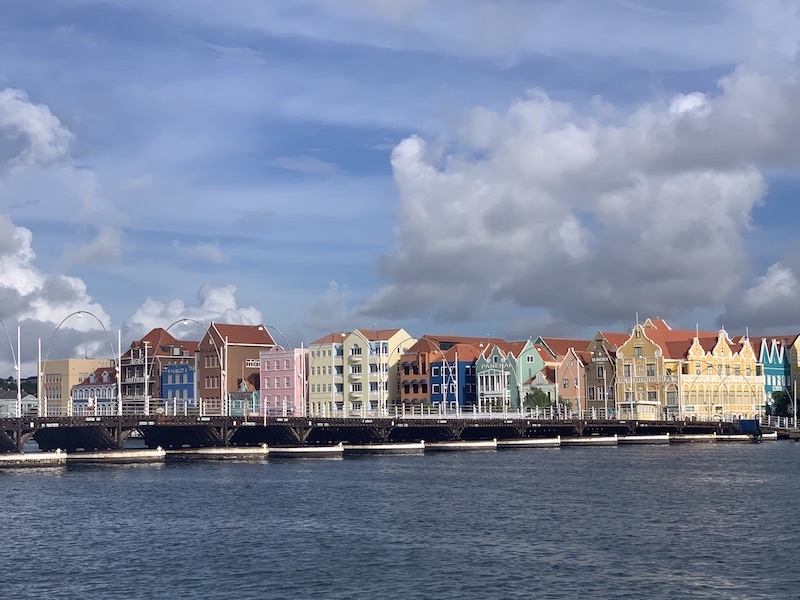
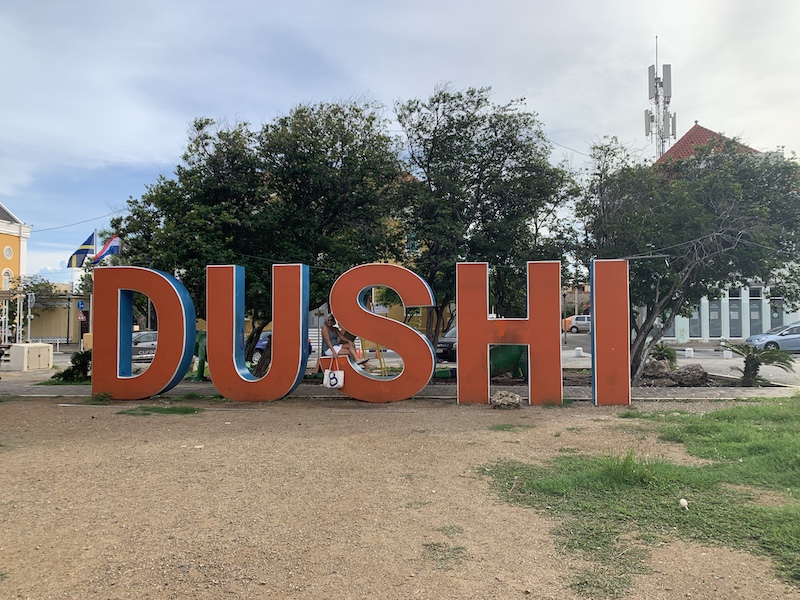
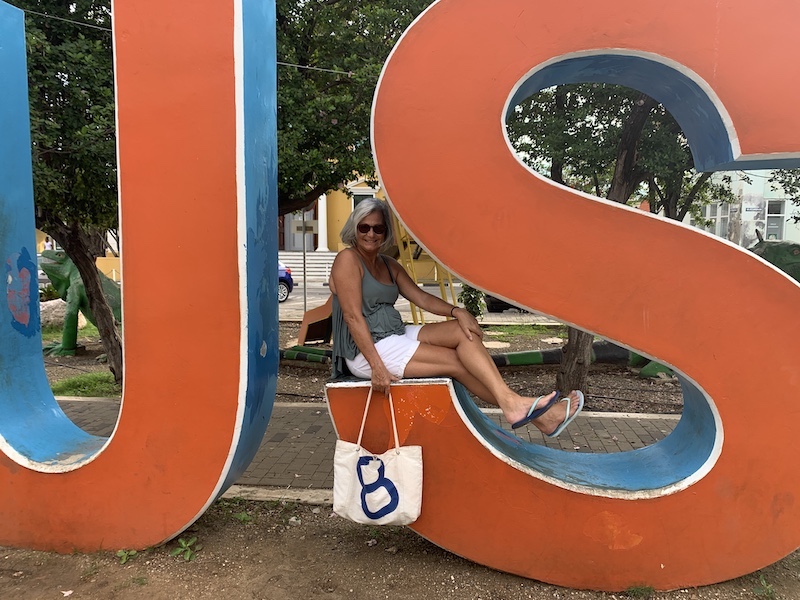
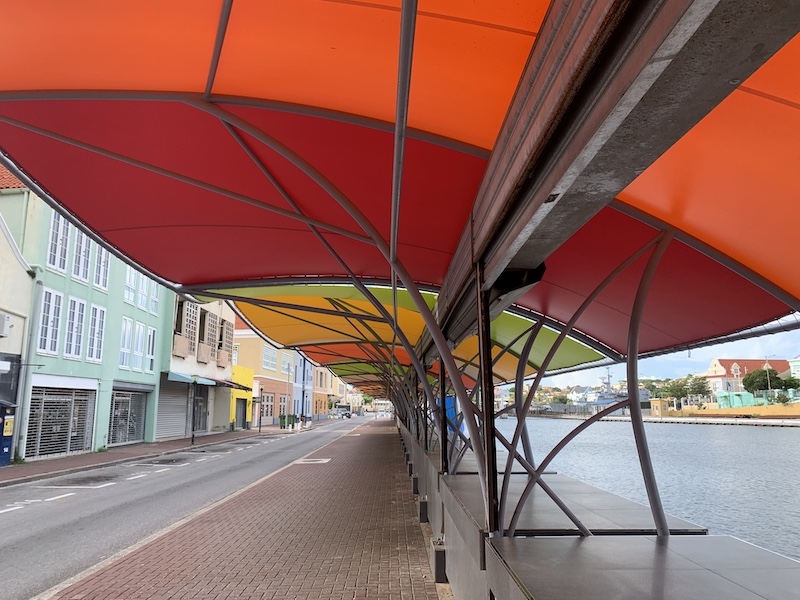
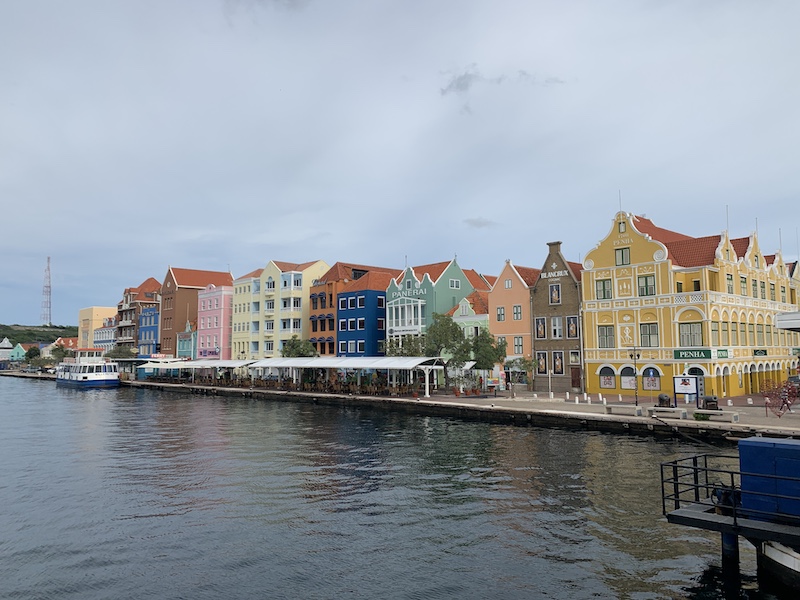
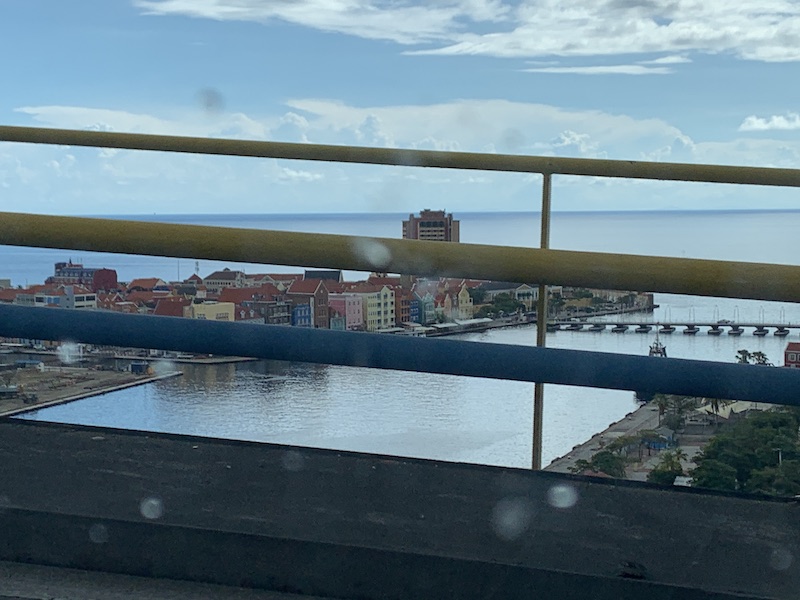
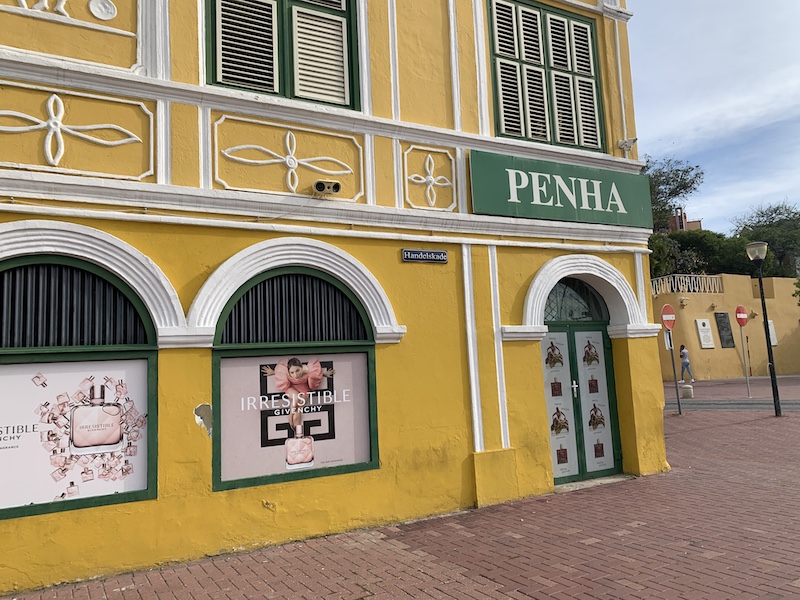
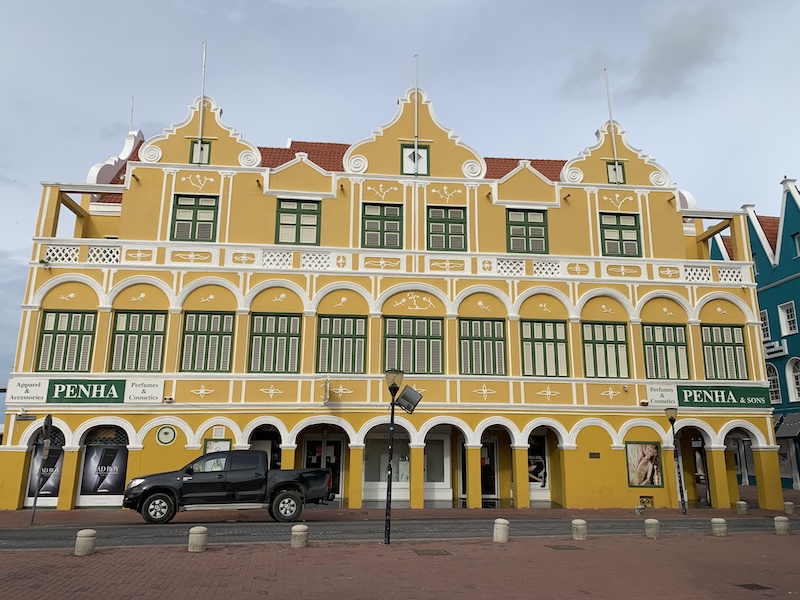
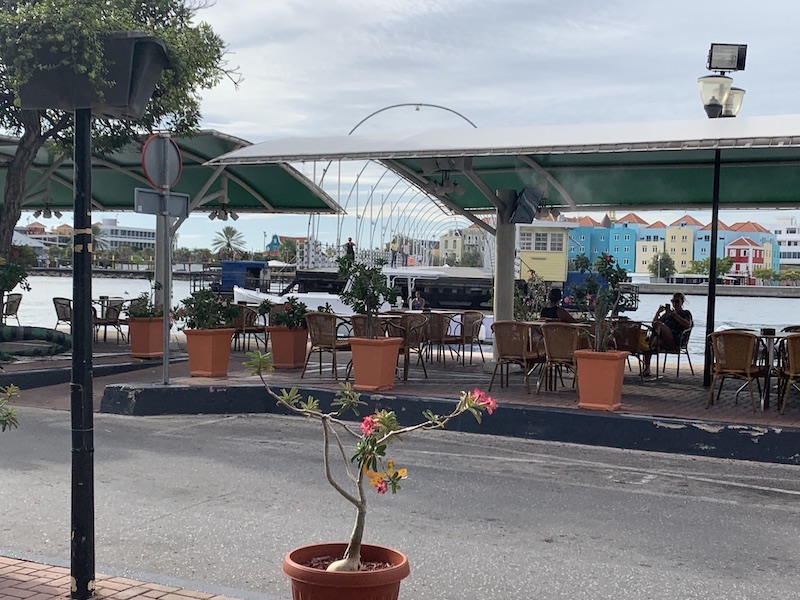
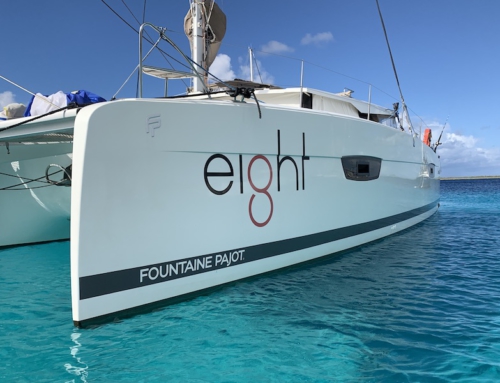
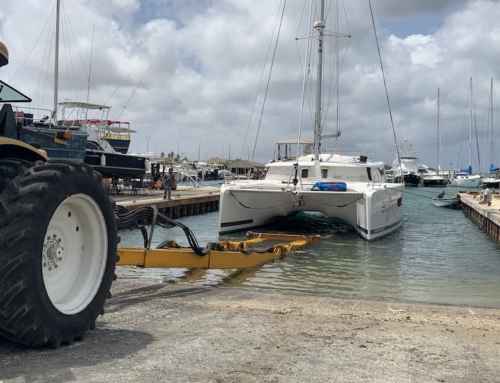
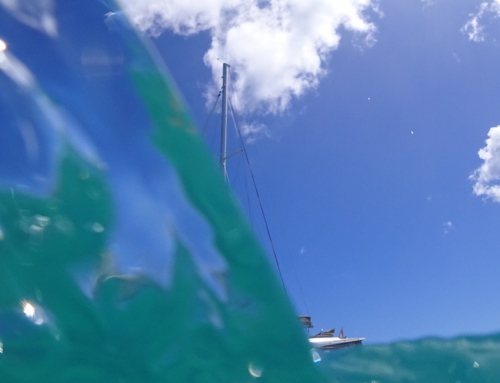
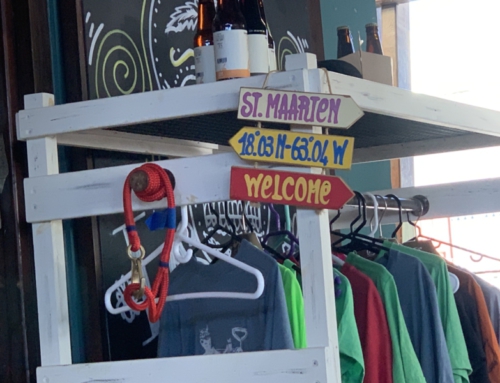
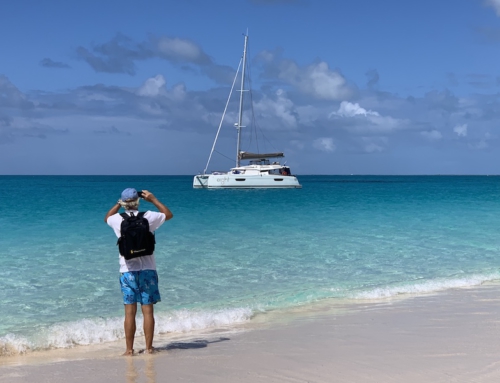
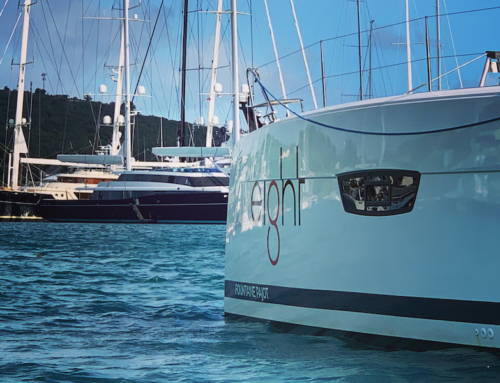
Leave A Comment